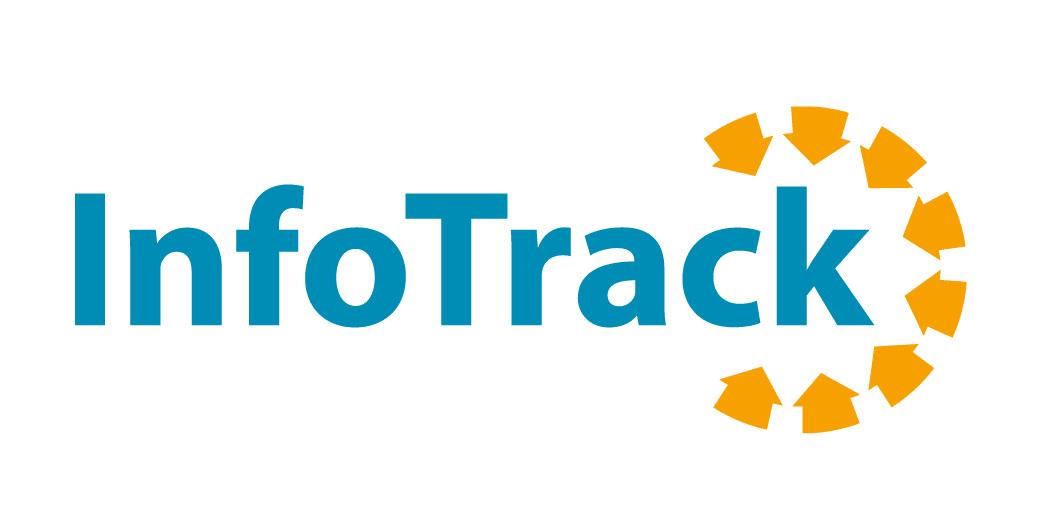
Digital Onboarding: Too important to be optional
Digital onboarding can boost productivity, enhance the client experience, improve compliance, and serve as a powerful risk management tool, delivering an irresistible combination of benefits, says Sam Jordan, COO at InfoTrack.
Client-facing legal technology has been in the spotlight in recent years. Shifting client expectations and business needs, catapulted forwards by the effect of the pandemic, forced firms to find better ways of getting the crucial onboarding information they need. Since then, the demand for digital solutions has continued to rise.
Demand for more convenient, more secure and faster onboarding tools for both law firms and their clients is a tempting carrot. —while the growing risk of fraud, cost of PII, and the increasing legislation and compliance burden is a very convincing stick. Between the two, the case for digitising onboarding processes is irresistible.
Transforming the customer experience is where it all starts
The thing most digital law firms have in common is that they prioritise the client experience – it’s why they’ve digitised their processes. And getting it right from the start matters, how you begin a transaction sets the tone for the rest of the conveyancing process. So using technology that is efficient, intuitive, and secure is essential.
Anita Gillam, licensed conveyancer at Oliver & Co Solicitors, echoes the need for trusted client- facing technology in conveyancing. “Our clients want to know that the data they are providing is safe and will not be intercepted. Using an app or uploading their information through a secure portal is important. Nowadays, many clients do not like providing personal information by email, so being able to onboard them digitally and securely is key,” she says.
First-time buyers made up 53% of purchases in the UK in 2022, according to data from Yorkshire Building Society, with millennials being the largest generation in the cohort. A generation of digital natives, most of these purchasers expect a certain level of technology when undergoing the home moving process.
Firms such as Bell Lamb & Joynson say that digital onboarding is now used for 98% of the matters they open. As a firm that has digitised the conveyancing process from end-to-end, managing partner Mike Leeman shares: “Using technology as an enabler, we are helping our conveyancing clients to have a better experience when buying a property.”
But it’s not only about improving the client experience. The experience within your firm matters too.
“Digital onboardingdelivers better customer service and higher productivity. As the team spends less time doing administrative tasks, the client has a better experience with us, which leads to happier clients and more satisfied staff,” adds Leeman .
A better way to manage know your client (KYC) compliance
Technology has helped firms looking to improve their productivity to take significant steps forward. It’s also helping firms to manage the ever-changing fraud landscape – technology is enabling fraudsters to become more sophisticated in their schemes, but it also provides law firms with their own arsenal of tools to fight back.
Gillam says: “Digital onboarding technology makes us more compliant and it cuts down risk during the due-diligence process.”
Consider the two identity checking options at the airport — customs officers trained to spot counterfeit or falsified documents and assess a person’s face to see if they match the grainy image in their passport, and the ePassport machines that do the same thing. Digital ID checks are a version of those machines, because your receptionist isn’t trained the way that a customs agent is – and to be honest, it’s not fair to put them in that position.
Digital audit trails are the belt and braces of your compliance processes – they’re helpful because compliance is a three-step process:
- You need a process
- You need to follow the process (with appropriately trained individuals)
- You need to be able to prove that you did.
This last point is where digital makes light work of providing evidence to regulators and insurers that you’ve done what you were supposed to do. The benefits of digital audit trails become even greater when the entire onboarding process is digital. It’s not just more convenient and efficient, you can see what data and documents you have, where they came from, and how they were checked – from client questionnaires to ID and AML checks to Source of Funds and Wealth analysis.
Keeping pace with regulatory change
The recent announcement of a ‘failure to prevent fraud’ offence is a signal that the government is trying to tackle the growing issue of fraud – one that conveyancing is at high risk of. With fraud accounting for 41% of recorded crime in the UK as of September 2022, law firms must ensure they are taking all reasonable steps to mitigate the risk.
Using trusted digital onboarding technology that keeps pace with regulatory changes can help keep your firm on top of your risk management. You need anti-money laundering (AML) checks that are up to date with the Sanctions lists and databases of Politically Exposed Persons (PEPs). . Source of Funds should not just help you gather data but ensure it’s provenance and provide useful analysis to help you understand the client’s financial circumstances and flag risks.
The time for adoption is now
Digital onboarding has long been seen as an efficiency tool – a time saver, and it certainly is. And while there are some clients who may not like it, more will insist on it. Faster, more productive teams and happier clients, which means happier teams too, that’s the carrot.
But law firms should insist on it for another reason too. They are the tools that help you do your job better. From gathering accurate data on the client and property, to verifying IDs, the ongoing monitoring of PEPs and sanctions, and the verification of banking information, the technology will do the hard work for you. It helps ensure you are taking reasonable steps to remain compliant —protecting your clients, your firm, and your employees from regulators wielding sticks.
Gillam at Oliver & Co Solicitors says it simply, “Compliance, risk management, and user-friendliness are the three key features to look for in your digital onboarding solution. Ensuring these elements are considered, you’ll be able to set your transactions on the right path from the start.”




